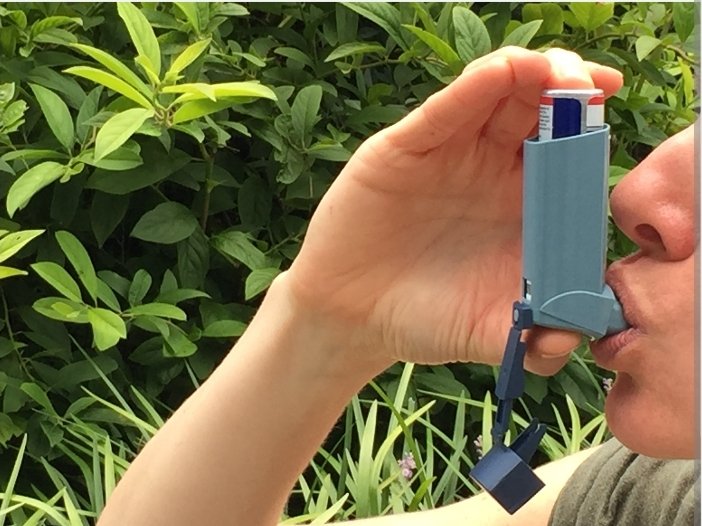
Asthma inhalers have been a revolutionary invention for millions of asthma sufferers worldwide. These compact devices offer quick and effective relief during asthma attacks, allowing individuals to manage their condition and improve their quality of life. In this article, we will delve into the science behind how asthma inhalers work and the different types available.
What is Asthma?
Asthma is a chronic respiratory condition characterized by inflammation and narrowing of the airways. During an asthma attack, the muscles around the airways tighten, and the lining becomes swollen, leading to restricted airflow. Common symptoms include wheezing, shortness of breath, chest tightness, and coughing. While there is no cure for asthma, it can be managed effectively with medications like asthma inhalers.
Understanding Asthma Inhalers
Asthma inhalers are portable devices that deliver medication directly to the airways. They come in two main types: relievers and preventers. Reliever inhalers, such as albuterol (salbutamol), contain short-acting bronchodilators that quickly relax the airway muscles, providing immediate relief during an asthma attack. On the other hand, preventer inhalers contain corticosteroids or other anti-inflammatory drugs, which reduce airway inflammation and minimize the frequency and severity of asthma attacks.
Mechanism of Action
Reliever inhalers work by stimulating beta-2 adrenergic receptors on the smooth muscles surrounding the airways. When the medication is inhaled, it binds to these receptors, causing the muscles to relax and the airways to widen. This dilation allows for increased airflow and alleviates the acute symptoms of asthma.
Preventer inhalers, which are used daily, work differently. They contain corticosteroids, which act to reduce inflammation in the airways. Inflammation is a significant factor in asthma exacerbation, and by keeping it under control, preventer inhalers help to prevent asthma attacks from occurring or becoming severe.
Using Asthma Inhalers
Using asthma inhalers correctly is crucial for their effectiveness. Patients are typically advised to take a deep breath, exhale fully, place the mouthpiece in their mouth, and then activate the inhaler while inhaling deeply. It is essential to coordinate the activation of the inhaler with the inhalation to ensure that the medication reaches the lungs effectively.
Asthma inhalers are a cornerstone of asthma management, providing quick relief during attacks and preventing exacerbations. By understanding how these devices work, asthma sufferers can take better control of their condition and enjoy improved respiratory health and overall well-being. Always consult a healthcare professional to determine the best treatment plan for managing asthma symptoms.
